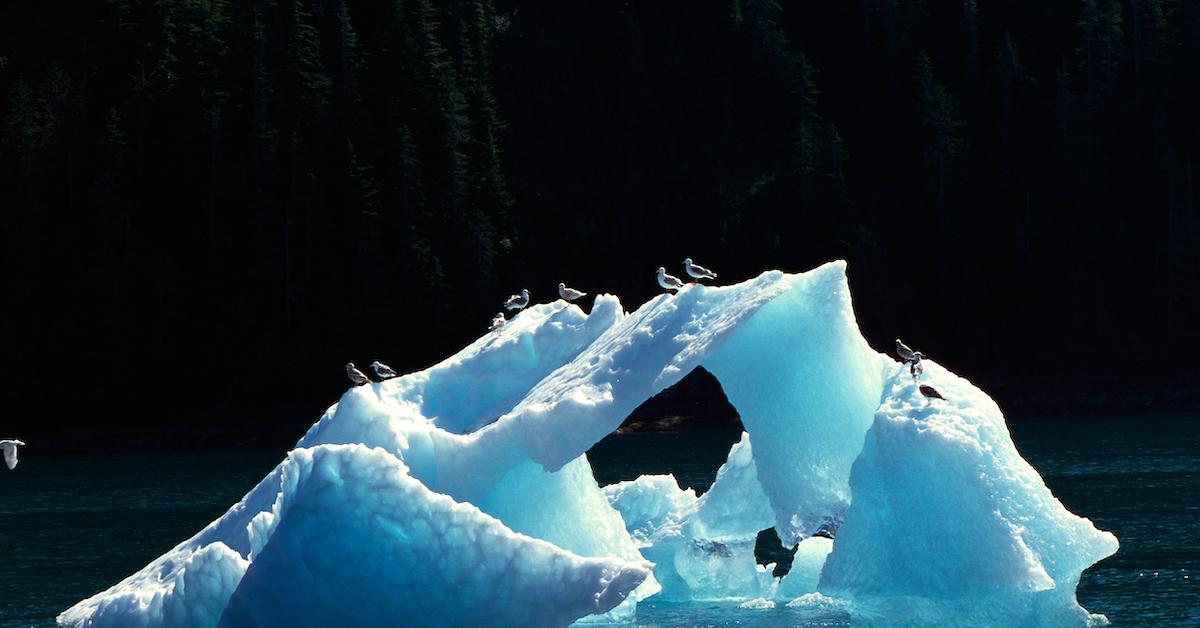Global Warming Is Wreaking Havoc On the El Niño/Southern Oscillation Cycle
Published March 28 2022, 1:03 p.m. ET

Generally, we don't think of El Niño and La Niña as negative things, as they're simply naturally-occurring wind patterns which cause different types of weather, depending on where you live. But a new study shows that a shift in the current El Niño/Southern Oscillation cycle is reportedly exacerbating the effects of climate change — and it might be because of climate change.
Not only is it intensifying weather events, but it's also creating more widespread warming on a global scale.
An Intergovernmental Panel on Climate Change study looked at the correlation between El Niño-La Niña cycle and climate change. And per Inside Climate News, shifts in both patterns are intensifying and broadening the effects of global warming.
“Anything that happens in the tropics affects both the northern and southern hemisphere,” said Wenju Cai, director of the Center for Southern Hemisphere Oceans Research at Commonwealth Scientific and Australia's Industrial Research Organization.
University of Liege polar researcher Xavier Fettweis said the effects are already apparent, as East Antartica has received record-breaking amounts of snow.
“Usually, the climate of Antarctica is too cold to have significant accumulation of snow, and most of liquid water from melt or rainfall is absorbed by the snowpack and refreezes,” he said, as per Inside Climate News. “... the [Antarctic] ice sheet gained 69 gigatons in three days, three times the usual surface mass gain rate.”

What is the El Niño/Southern Oscillation?
The El Niño/Southern Oscillation, or ENSO, simply refers to changes in wind patterns and global atmospheric circulation. According to the NOAA, ENSO has three phases: El Niño, La Niña, and neutral. El Niño, which is happening right now, takes place every two to seven years, when coastal water temperatures rise in the eastern tropical Pacific. Meanwhile, atmospheric pressure decrease right above the ocean.
These patterns affect different parts of the world in varying ways. According to National Geographic, El Niño brings an influx of rain to South America. However, it creates sometimes serious droughts in areas like Australia and Indonesia. Likewise, La Niña causes Pacific Ocean temperatures to drop, and hot winters in the South, and cold winters up North.
Scientists know when these patterns are taking place, which makes it easier to predict and prepare for extreme weather events.
Now years later, though, a shift in the patterns is worsening the effects of climate change, and climate change may be to blame.

How do the shifts in El Niño-La Niña cycles worsen climate change?
Researchers have recently a possible link between intensified climate change patterns in both the Northern and Southern hemisphere and the ENSO. According to Inside Climate News, the cycles have evidently shifted to cause more heatwaves, extreme weather events like flooding rain, droughts, and more.
The year 2016 was historically the strongest El Niño on record, when average global temperatures also hit an all-time high.
The Intergovernmental Panel on Climate Change reported that the El Niño-La Niña cycle probably wouldn't be affected by global warming until 2050, though it clearly already has.
The western Pacific is warming more quickly than the eastern Pacific, and it's causing the El Niño cycle to create more precipitation on a global scale — not just in South and Central America.
The El Niño cycle, for example has brought an influx of snow to thicken Antartica's ice, which has been melted by climate change. A link to La Niña is yet to be determined, though it's likely been affected by climate change already.
Green Matters’ new book, Green Living, is the perfect guide to living an eco-friendly lifestyle for people at every stage of the process. You can order Green Living here.